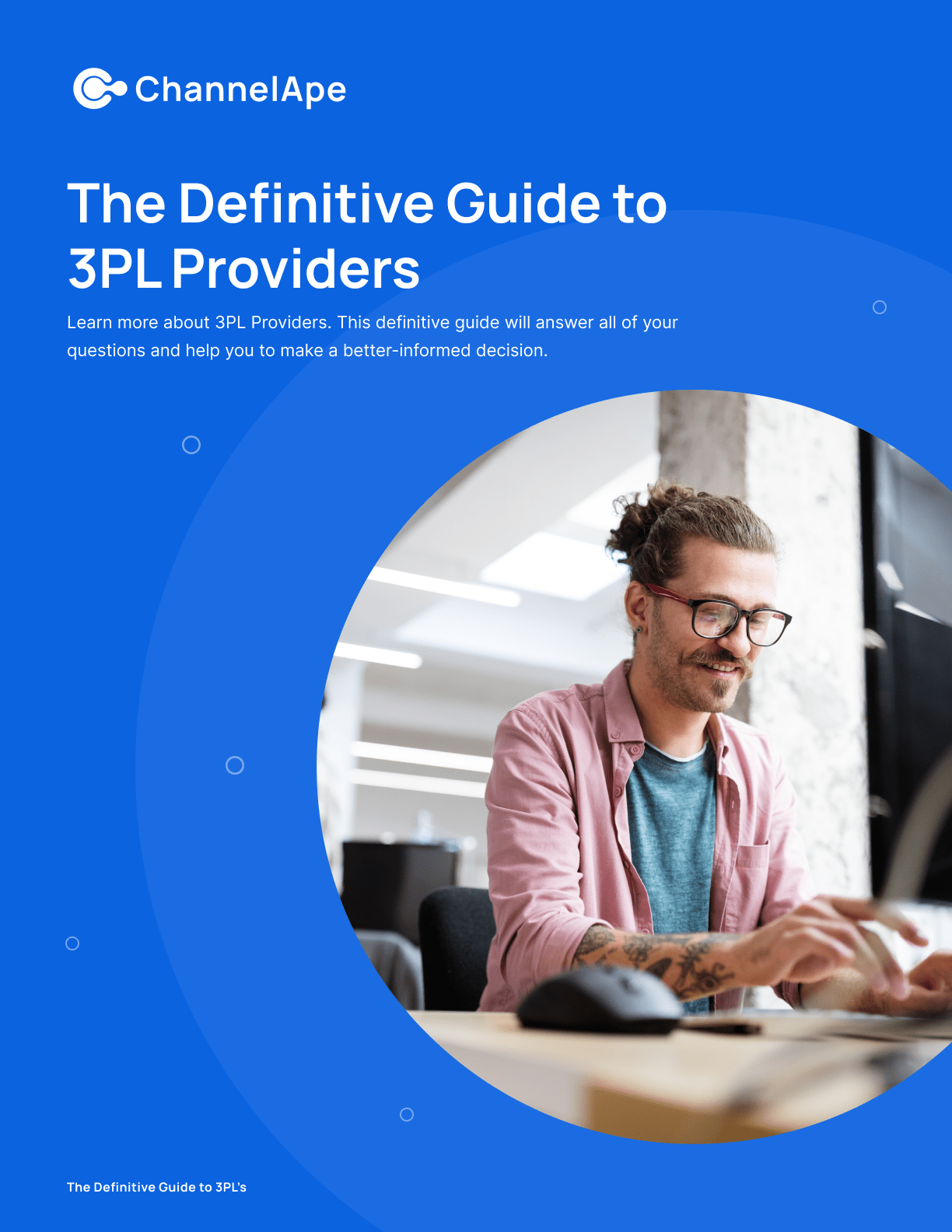Why Your Inventory Rules Are More Important Than Ever
Fulfillment must get smarter to move your product. Brands have been relying on their 3PL systems for this, but why outsource the oversight and...
Influencers, wholesale & more
Inventory effective & expiration datesNo more spreadsheets required
Multi-status, multi-location inventoryWarehouses, stores, and channels
Fulfillment holds & order editsAuto-hold on new CX ticket
Automate fulfillment rulesBundles, marketing SKUs, and more

Influencers, wholesale & more
Inventory effective & expiration datesNo more spreadsheets required
Multi-status, multi-location inventoryWarehouses, stores, and channels
Fulfillment holds & order editsAuto-hold on new CX ticket
Automate fulfillment rulesBundles, marketing SKUs, and more
ChannelApe and its best-in-class warehouse partners in both Canada and Mexico have coordinated and streamlined all the processes, so you can launch a Section 321 program in less than 30 days.
The U.S. Customs and Border Protection’s Section 321 program lets businesses avoid paying import taxes and duties on goods being shipped from Mexico and Canada.
A 2016 increase in this program from a limit in value of $200 to $800 per shipment made the program much more attractive to direct-to-consumer (DTC) brands, which can ship individual customer orders from Canada or Mexico into the United States without paying duties. That same year, the then-president levied large tariffs on Chinese goods, which made Section 321 even more appealing. If you can avoid paying those taxes, why wouldn’t you?
To take advantage of Section 321, your overseas supplier ships your goods to a warehouse in Mexico or Canada, depending on which makes more geographic sense for your customers (West Coast brands often choose Mexico, while East Coast or Midwest brands might opt for Canada). Then you ship orders from those warehouses directly to your customers in the U.S.
Your customers won’t experience any discernible difference: Their package just comes directly from Canada or Mexico, instead of the U.S. Even returns can be processed more efficiently—they may not need to go back over the border (more on that below).
For brands, though, the difference can be significant. Cross-border Section 321 shipments have been shown to be processed faster and more efficiently. Perhaps most appealingly, Section 321 generally translates to considerable savings for DTC brands that work with manufacturers in Asia, particularly those manufacturing apparel and footwear.
“We helped one of our footwear customers set up their Section 321 program, and they saved $6.60 in taxes on every pair of $95 shoes they sold—that’s nearly 7%,” says Mike Averto, ChannelApe’s founder and CEO. “If you have 100 items, and you’re saving 7% on each one, it adds up to substantial savings that goes right to your bottom line.”
The reverse logistics can provide even more efficiencies and savings. For apparel and footwear brands, which often have a high return rate for high-value seasonal goods, ChannelApe can speed the process and save brands money at the same time.
Here’s how it works:
The ChannelApe platform acts as a decision-making engine for this functionality, determining where an order is shipped from, whether it’s from a warehouse in Canada or Mexico or from a QA provider in the United States. Items not in resalable condition can be donated or destroyed according to brand specifications—without having to travel back to Mexico or Canada and incur extra costs.
Section 321 has tremendous savings potential for brands of any size to consider, whether you’re ready now, or you’re planning for future growth.
So again, why wouldn’t you do it? Truth be told, cross-border shipping is complicated. Compliance issues, commercial invoices, manifests, restrictions to 321, receiving 321 shipments, duty filings, drawbacks, and VAT/GST taxes can be overwhelming. Plus, you need one or more warehouses in Canada or Mexico—in addition to your warehouse(s) in the U.S.—that each must be monitored by your inventory team. All in, it’s a cumbersome undertaking.
With ChannelApe, however, all the information from all your warehouses—no matter what country they are in—filters up into the platform automatically, giving you a single, holistic view of everything that is happening across your warehouses, regardless of how many you have. You can manage and take action in one place in ChannelApe instead of using X number of separate warehouse software platforms.
What’s more, ChannelApe’s distributed order management (DOM) software ensures orders are automatically fulfilled from the “best” location. DOM can be programmed to take into consideration the costs associated with shipping from any warehouse. Will you save money by shipping directly through the Section 321 program from a warehouse in Canada or Mexico? DOM will route the shipment to your customer accordingly.
You don’t need to do this alone. ChannelApe and its best-in-class warehouse partners in both Canada and Mexico have coordinated and streamlined all the processes, so you can launch a Section 321 program in less than 30 days. Really. We’ll help you take advantage of Section 321 savings in both logistics and costs to enhance customer experience, hone efficiencies, and increase profits.
Fulfillment must get smarter to move your product. Brands have been relying on their 3PL systems for this, but why outsource the oversight and...
3PL partners are the secret to successful growth and scale. DTC brands should choose a network that boasts multiple warehouses instead of a single...
Streamline your e-commerce order process with these 7 simple fulfillment optimization steps.